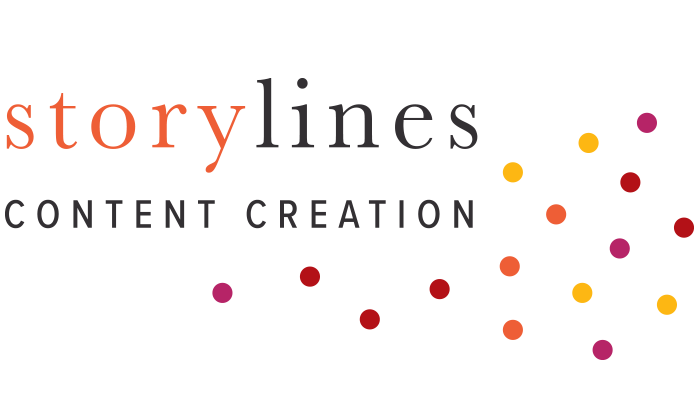Nine and Fairfax Media – just don’t kill the journalism
The 26 July announcement of the takeover of venerable old Fairfax Media – and by Australian standards the company is ancient at 177 years – by Nine sent shock waves around journalism and media circles.
But for some readers, the news was a case of “So what? They’re a bunch of irrelevant lefties who produce nothing but rubbish these days”.
For others, losing the Fairfax Media name will be a tragedy of Shakespearean proportions. For them it represents the loss of media diversity and an independent champion of the people staffed by crusading journalists.
I sit somewhere in the middle. I care far less about the brand name Fairfax Media than I do about the fate of the masthead for which I worked for 17 years and where I made media history as the first woman Editor of The Sydney Morning Herald in its 183 years of publication.
Given the change in Australia’s media ownership law last year, I’m not in the least surprised that the deal to produce a media company with estimated $4.2bn market capitalisation has emerged. I’m not surprised the directors of Fairfax Media have taken yet another decision to boost “shareholder value” rather than cling to the “old” ways that some journalists would prefer. They must be, as pundits have put it, on cloud Nine.
And I’m not criticising them for trying to achieve scale as every other big media company around the world is trying to do. Goodness knows, Fairfax Media has tried everything else to keep afloat – getting rid of more than 1,000 journalists and around 5,000 staff since I walked away from the Herald role in 2012.
When I was made Editor, I agonised over how the newsroom could embrace the internet’s massive disruption to our business. I, along with everyone in the editorial team, was excited to work with digital innovations to build a media future in which the foundations of public defender journalism remained strong.
We thought we were doing well to respond to full-frontal assaults from the internet and social media giants like Facebook and Google who were sucking up the advertising and the dollars that go with it. We thought we were transforming the business of journalism from a newspaper-focused product that is very expensive to produce, to something more in touch with where people want to get their news – on their mobile phones.
Yet every time I looked at the books I saw there was no fighting the numbers. We were losing ad revenue to online platforms like Google and still paying the enormous costs of printing and distributing newspapers as print customers were disappearing.
The answer was to keep wielding the axe to make more staff redundant but at the same time try to keep up the quality work. No matter what business you work in, you know that’s no long-term solution, but it’s been Fairfax Media’s response to the problem ever since – until Nine came in the door.
When I walked away from the job and a long career in journalism, it was because I didn’t want to put my name to any more redundancies and the inevitable loss of quality and reputation.
But in reality, there was nothing I or anyone else in the Fairfax Media editorial team then and now could do to fix the revenue losses stemming from the failing business model. Everyone who has run the Herald and The Age since then has had the same ambition. Eventually, they’ve taken the same cold shower that I did.
At every round of layoffs the shock and awe has been repeated just as it is being repeated on social media now. People wonder how much more can be cut out of editorial, how quality journalism can be maintained. Well there comes a point where it can’t. Fairfax Media’s board has not really been interested in that for a while now – if they were they wouldn’t be giving up the famous media brand.
I do not believe this merger will help the talented journalists in Fairfax’s dwindling newsrooms who are trying to keep important Australian news-gathering alive. I expect that the takeover by Nine will see mastheads shut down or sold off – especially the regional and rural papers.
I can’t see how Nine will leave any warm bodies with real expertise in the newsroom. Because it’s all about shareholder value, not about what I value most about news media. But maybe we’ll see some great collaborations between journalists from Nine and Fairfax in a combined news operation.
I don’t really care whether the name Fairfax Media lives on or not. But I do care about the survival of the journalism values that have underpinned it. The deal between Fairfax Media and Nine must protect and, hopefully, enhance, the core journalism offering. I care about media diversity and stiff competition which produces great journalism. Everyone benefits from that competition.
Australia needs as many well-trained and ethical journalists as possible, working without fear or favour, to keep looking after the public interest. Throwing out journalism talent is not a business model.



